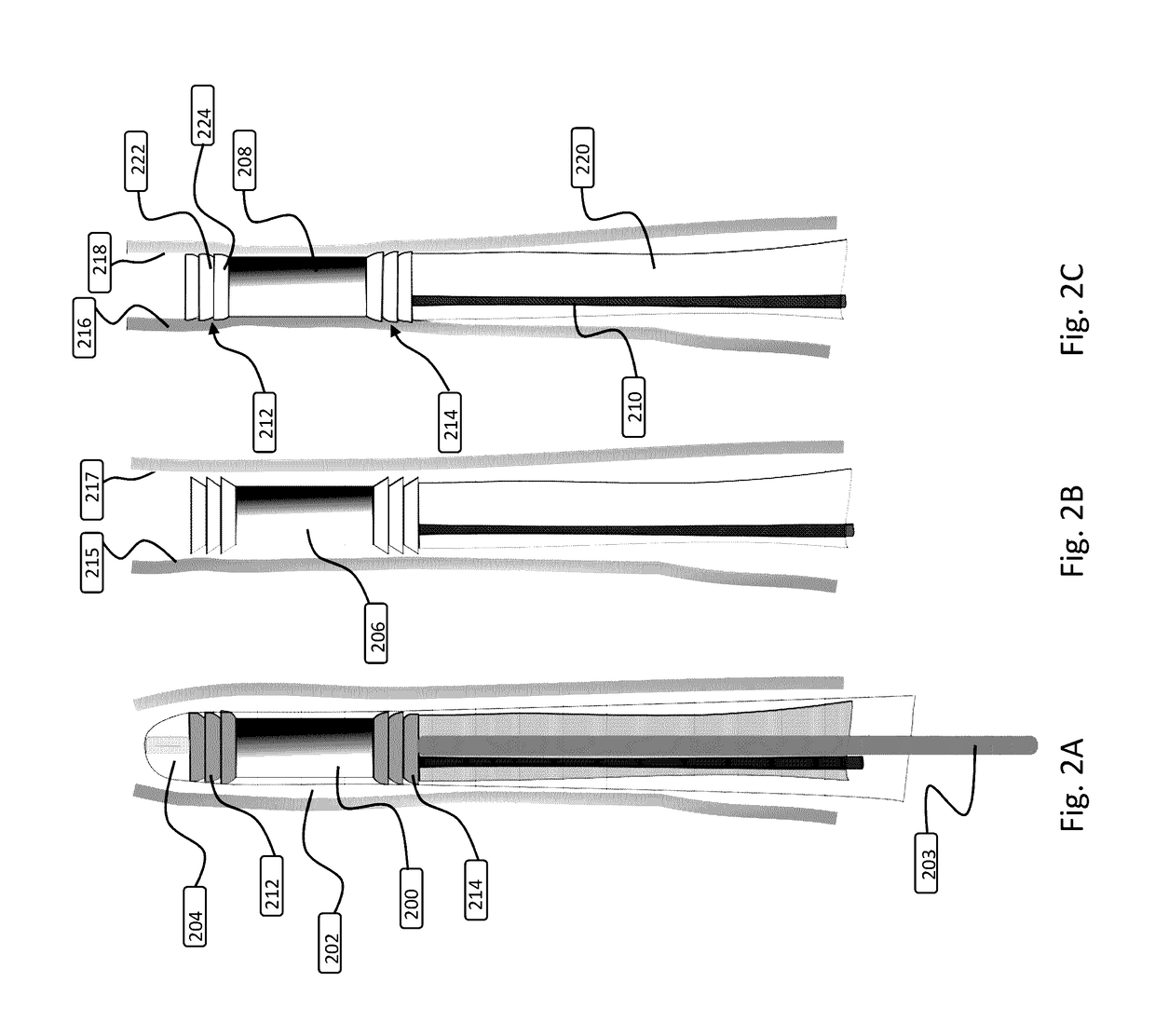Anastamotic leaks after bowel
surgery is a major complication.
Leaks can cause severe complications such as loss of the
anastomosis,
sepsis, and death.
Even in those cases where the anastomosis is salvaged,
poor compliance in the neorectum can lead to a poor functional outcome.
There are several risk factors for the development of an anastamotic leak.
The most
significant risk factor is the level of the anastomosis, with the
leak rate increasing as the distance from the anastomosis to the
anus decreases.
A temporary diverting ostomy and its closure has its own set of complications and morbidities including
dehydration due to high output, difficulty with ostomy care, stricture at the closure site, wound infections, and incisional hernias.
Minor complications include dermatitis,
electrolyte imbalance, and
dehydration from high ostomy output, although the last often necessitates early closure of the ostomy.
For major complications, additional costs and morbidity associated with additional operations or hospitalizations can be significant.
Even for minor complications, treating complications and providing ostomy education can be burdensome to healthcare providers and patients.
Some complications such as
hernia, prolapse, and
stenosis may become chronic and often require multiple corrective operations and associated costs.
Furthermore, the reversal of an ostomy is a surgical procedure fraught with potential complications, as often times the abdominal compartment has dense adhesions that make re-establishment of normal bowel continuity both costly and potentially morbid.
Furthermore, the reversal of an ostomy may be difficult or impossible in some patients, requiring the patient to live the rest of their life with an ostomy.
The repaired bowel after ostomy takedown may also develop a leak at the
repair site or anastomotic site in cases of loop ileostomies or in cases of end ostomy reattachment, respectively.
Inflammatory conditions of the bowel wall such as Crohn's
disease or
Ulcerative Colitis can make the intestinal lining susceptible to damage from fecal flow.
Continued fecal flow can further inflame and contaminate the bowel wall and lead to worsening of patient's overall
disease or even frank perforation of the bowel wall.
Patients with these conditions may not be good candidates for
surgery due to their
concomitant conditions or
sepsis; thus, performing major surgery to create an ostomy can be morbid in these cases.
The principal challenge has been developing a device that can anchor securely within the bowel without harming the bowel wall itself and effectively accomplishing air and fluid tight fecal
flow diversion.
(U.S.
Patent Application Publication No. 2010 / 0010519) are both potentially harmful to the area of bowel damage from traction and cannot achieve effective sheath anchoring without major surgery.
This method however is not easily reversible and depends on the body's scar forming ability which may be compromised in some patients for secure anchoring.
(U.S. Pat. No. 7,211,114), but stents do not provide enough anchor strength to hold the sheath firmly in place during bowel
peristalsis as evidenced by their
high rate of premature expulsion, and may further damage the bowel wall due to the necessary rigidity and expansion force they exert to provide anchoring.
(U.S.
Patent Application Publication No. 2013 / 0158463), but this approaches also requires major surgery for placement and exposes the bowel to potential
erosion and damage due to pressure points exerted on the bowel wall.
In addition, the necessity of creating a substantial air and fluid tight bypass of fecal contents has also been a technical challenge.
(U.S.
Patent Application Publication No. 2013 / 0158463) and Weig (U.S. Pat. No. 8,388,586 and U.S. Patent Application Publication No. 2010 / 0022976) have been described to try and achieve air and fluid tight seals within the intestines, but these again require potentially harmful expansible forces and pressure on the bowel wall to form a seal and often fail to achieve an adequate air and fluid tight barrier to enteric flow.
Importantly, these devices are designed to be placed and to deliver negative pressure at the site of an anastomosis or
tissue damage and as a result can cause further damage to the area of the anastomosis or
tissue damage when longitudinal forces are placed on these devices or negative pressure
ischemia is induced.
These devices are not designed to protect the bowel lumen distal to the site of placement.
These types of dressing devices for
negative pressure wound therapy have difficulty establishing and maintaining air tight seals and become frequently dislodged due to their lack of adequate sealing mechanisms.
Furthermore, these devices are not configured in a way to withstand the additional longitudinal forces that can displace the device with the addition of a protective sheath.
The major issues with this device are that the attachment and anchoring of the device is dependent on the adherence forces of negative pressure delivered via perforations and the radial expansion force of a
stent-based design.
Perforations do not allow for adequate
friction force to be generated to substantially fix a device in place and
resist the expulsion forces of the bowl.
Furthermore, the expansile
stent-based design suffers from the same issues of other
stent-based designs of potential bowel damage and expulsion.
 Login to View More
Login to View More  Login to View More
Login to View More 


